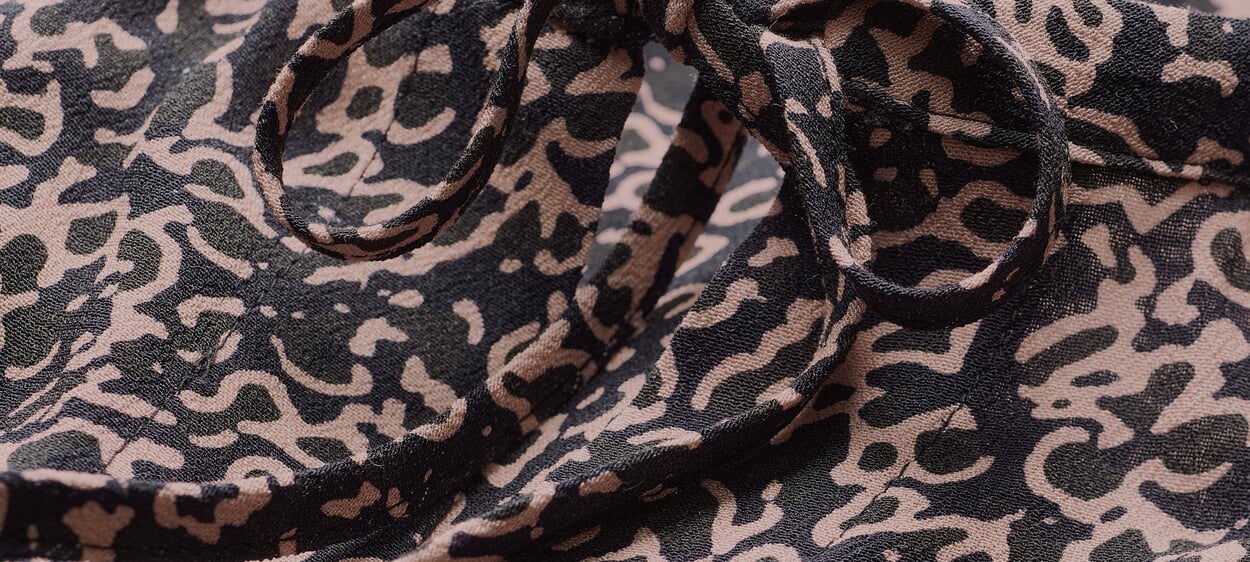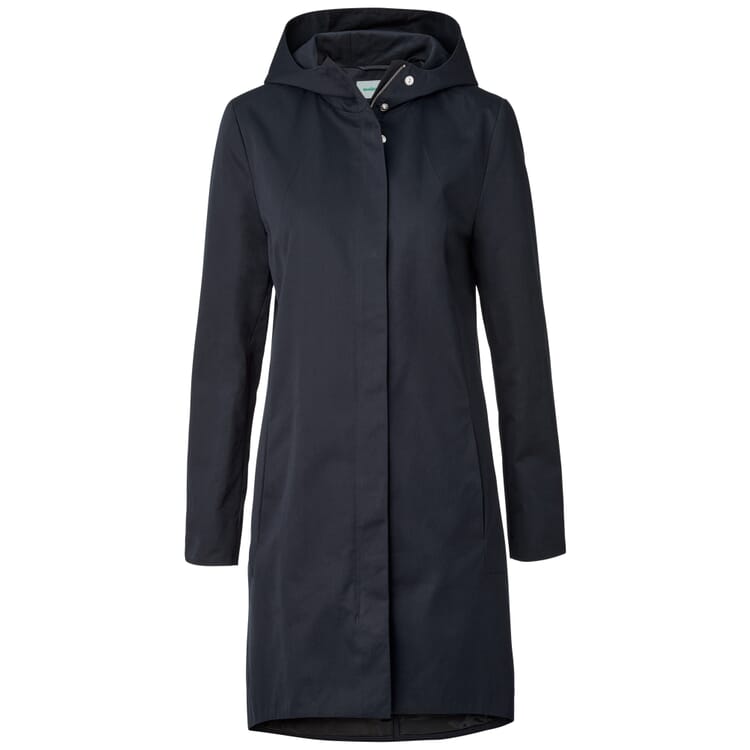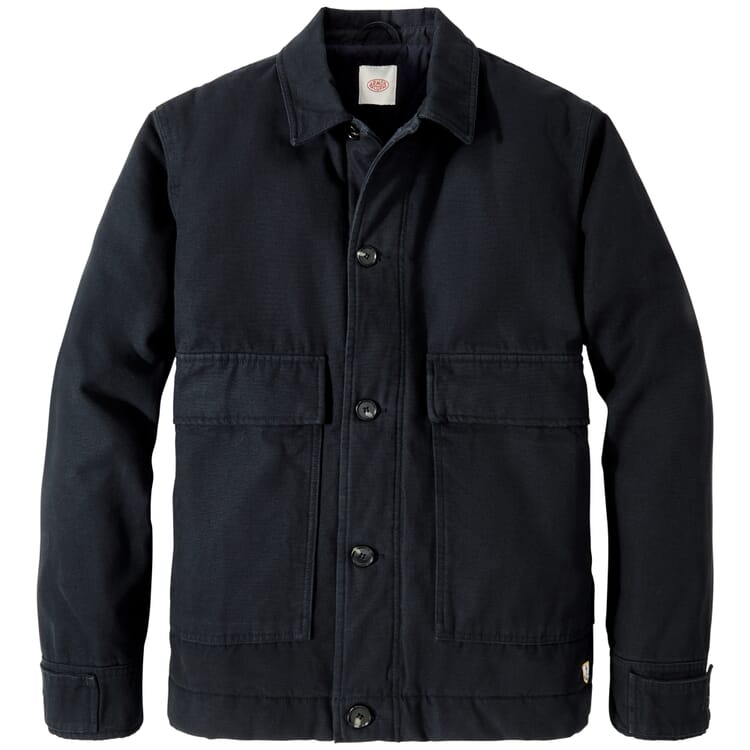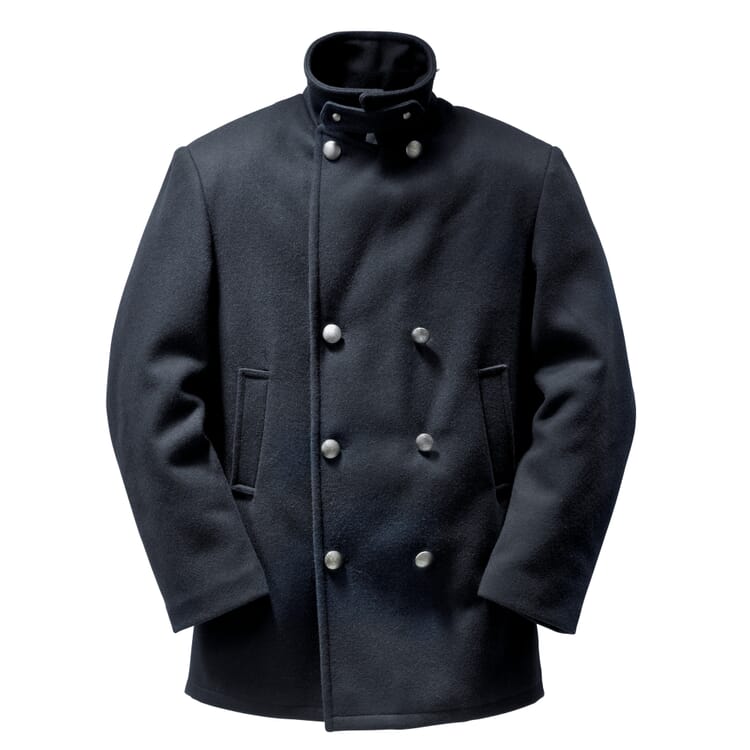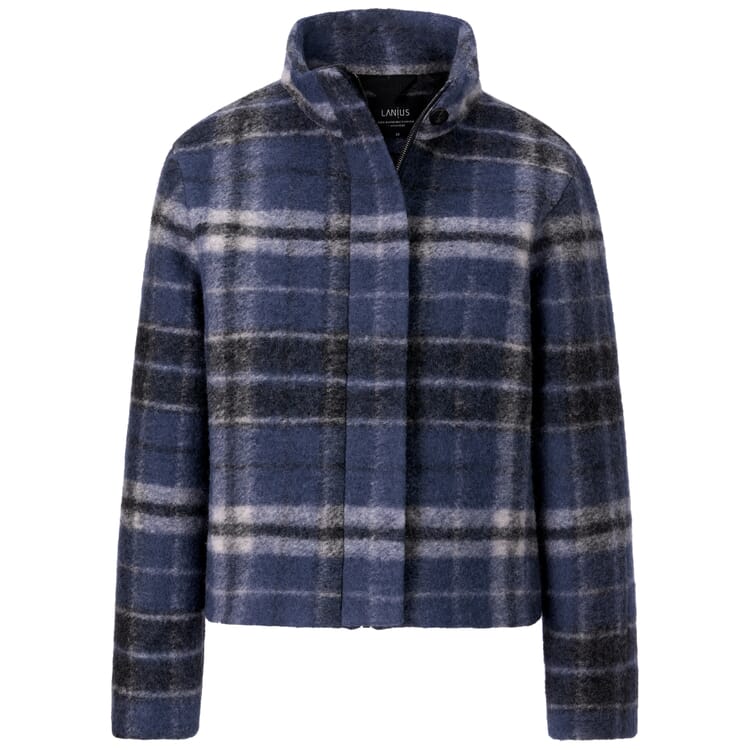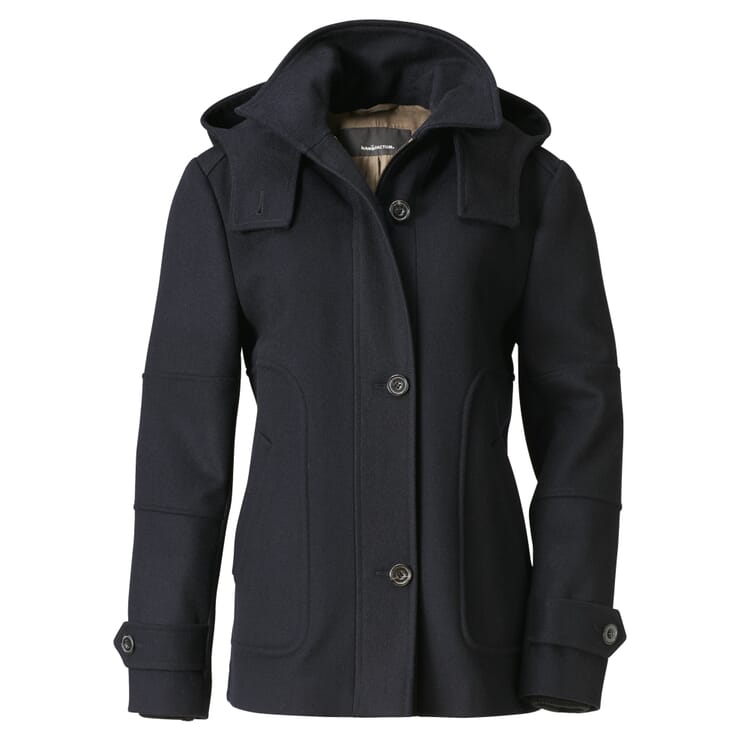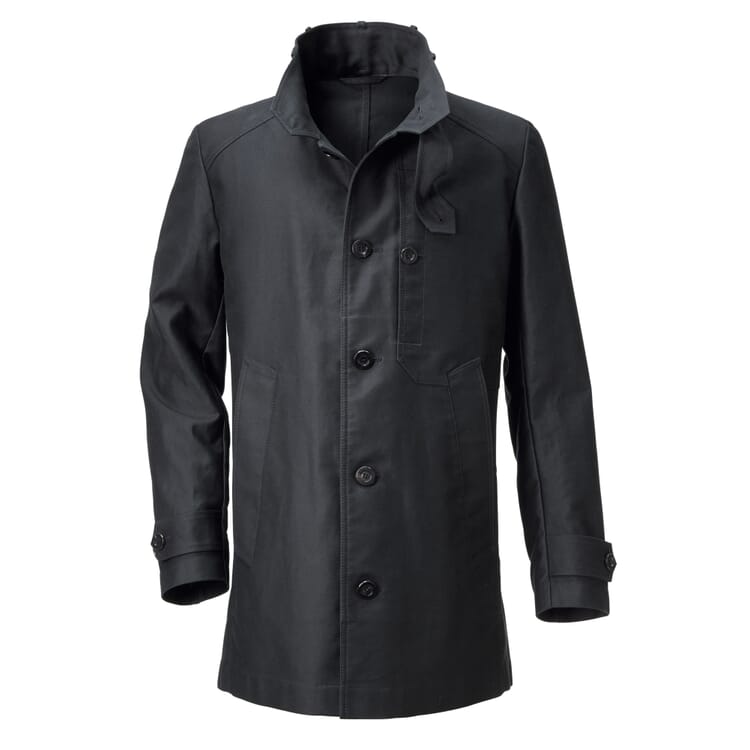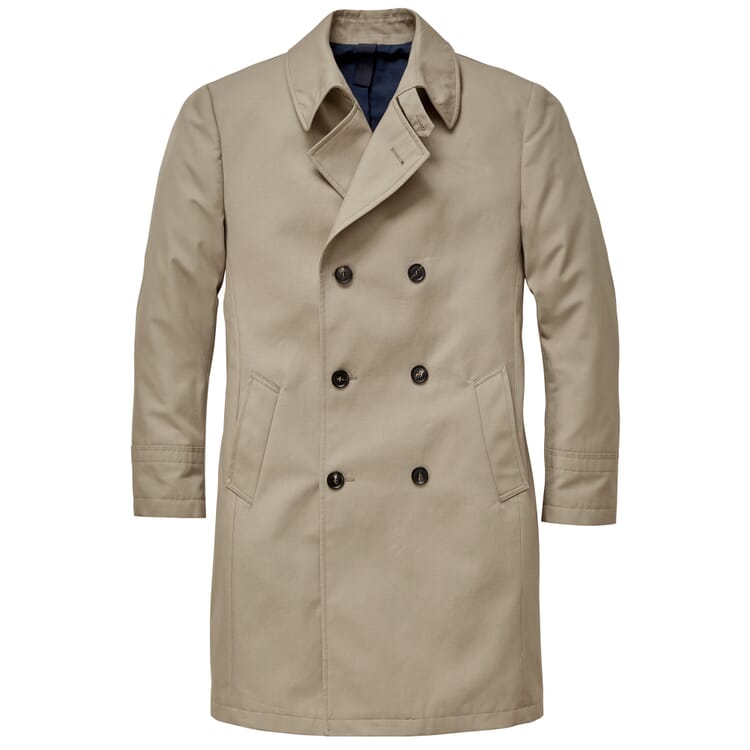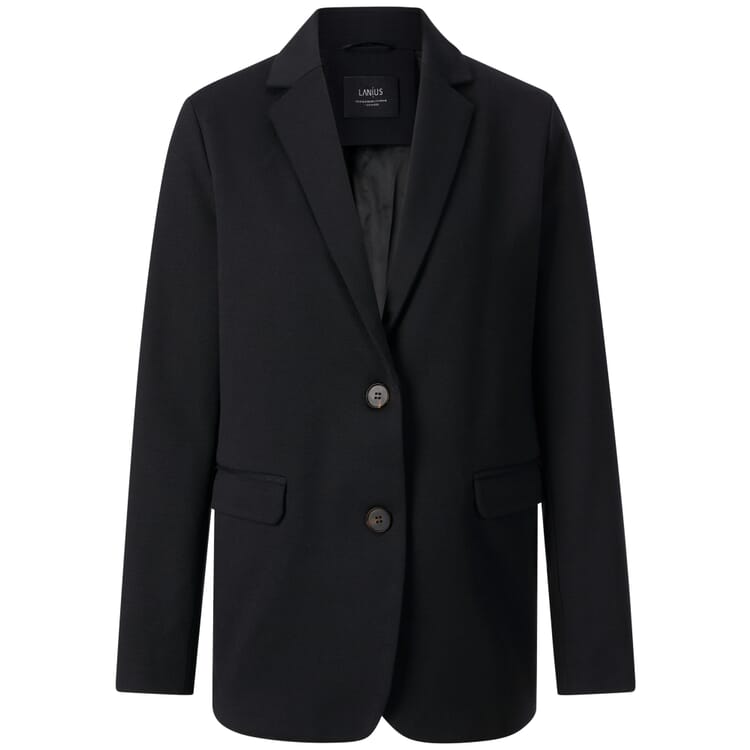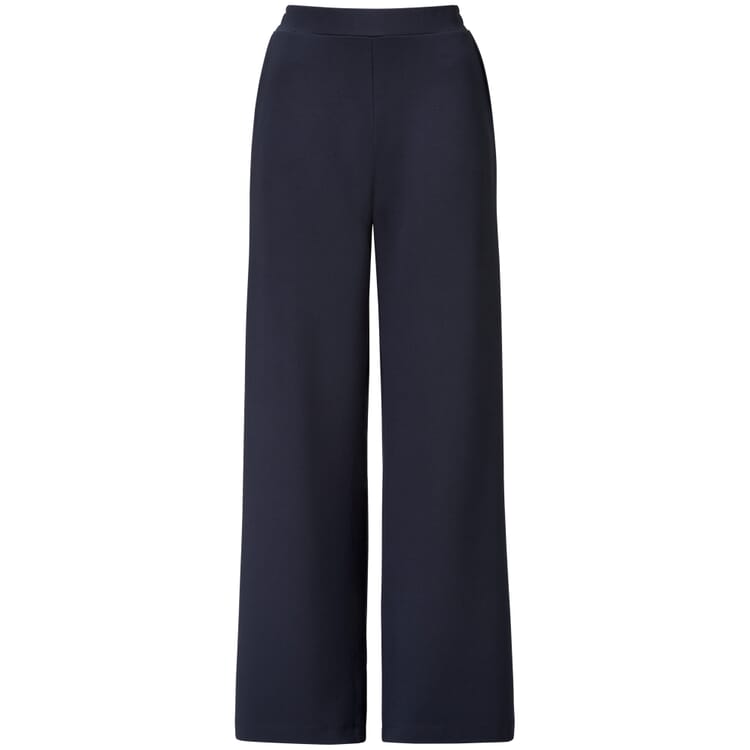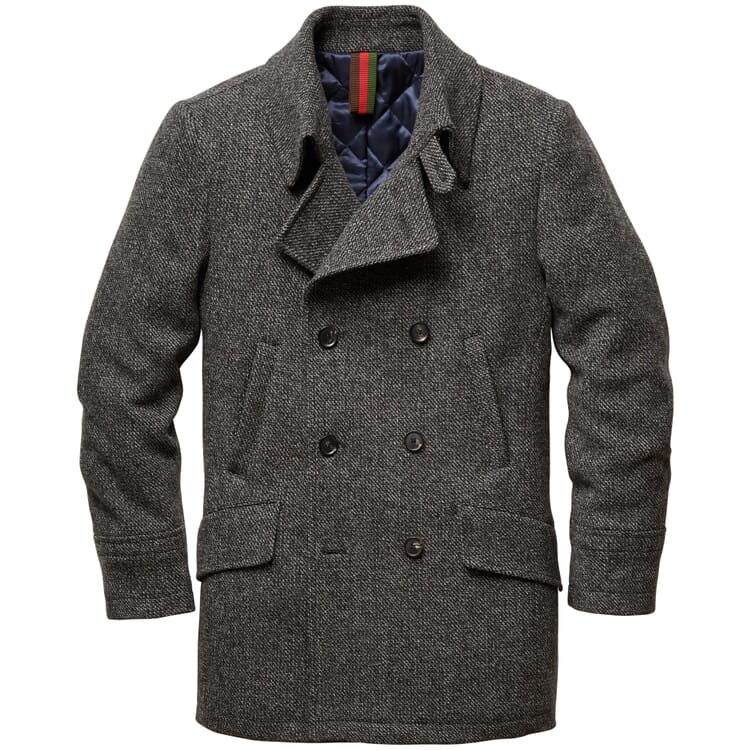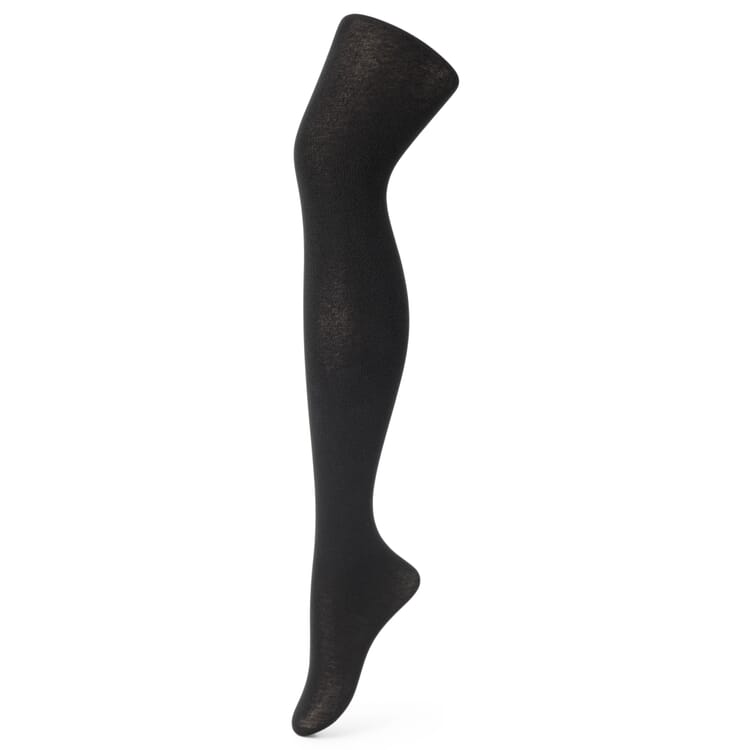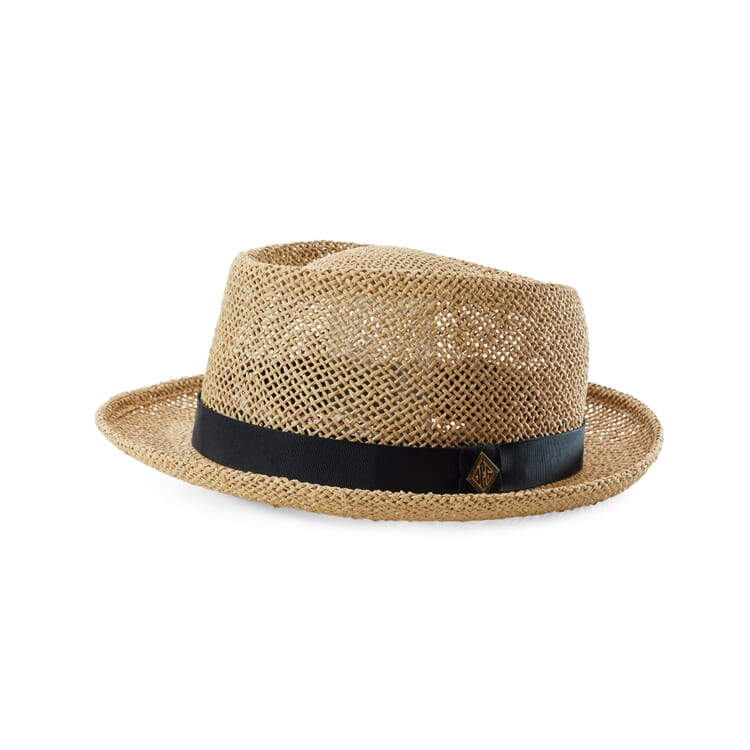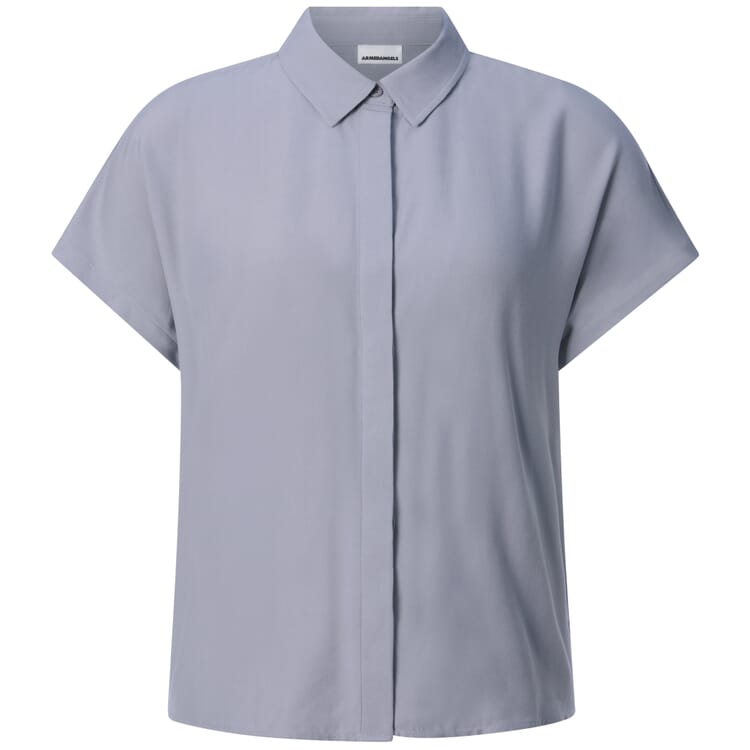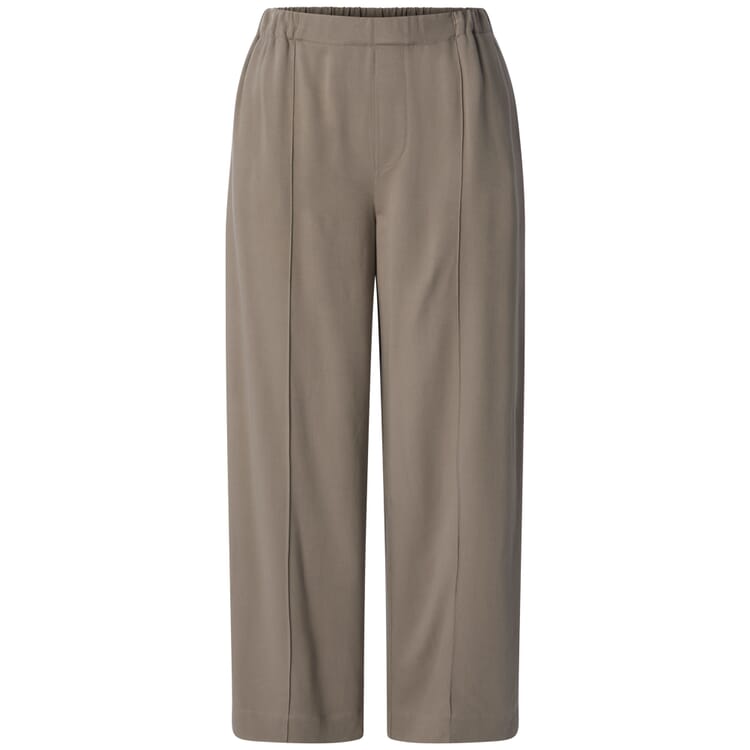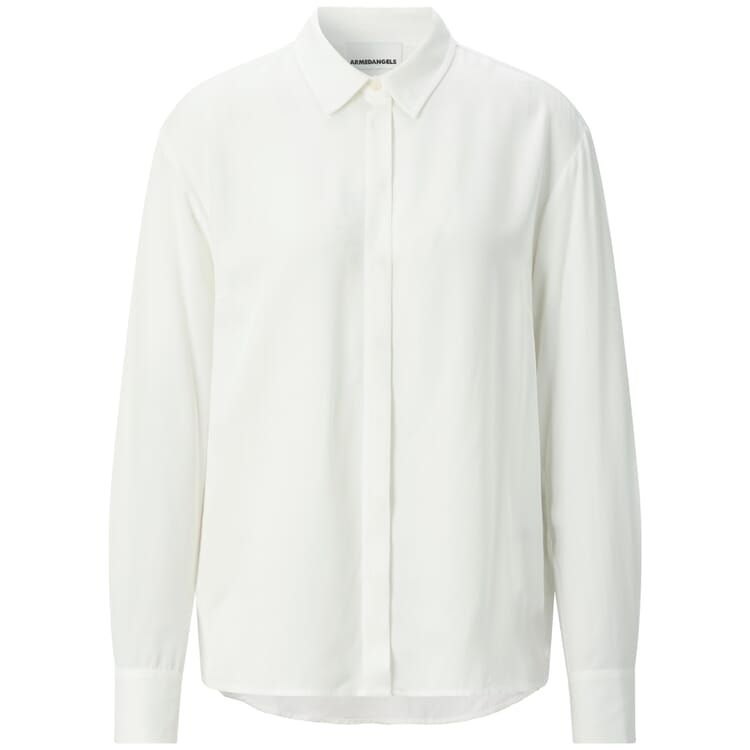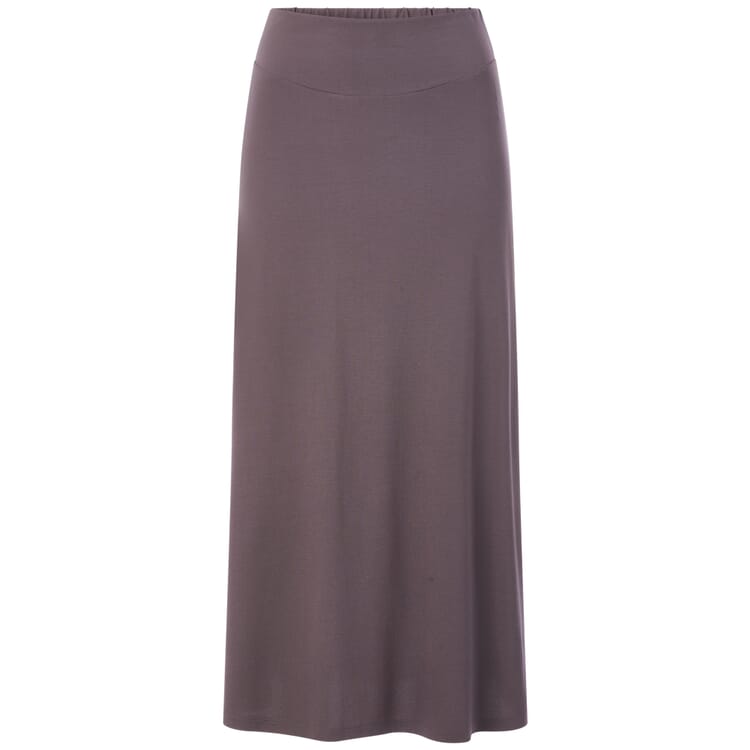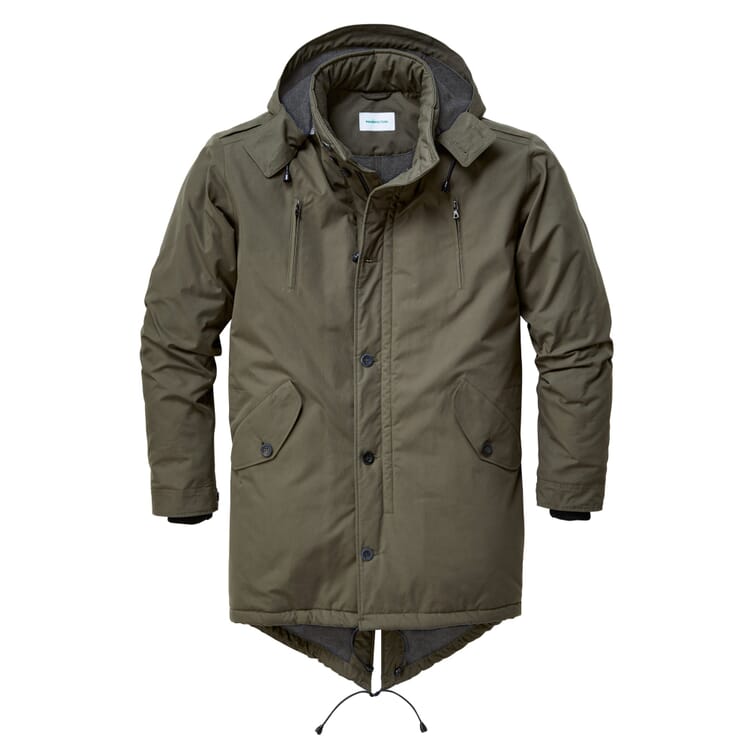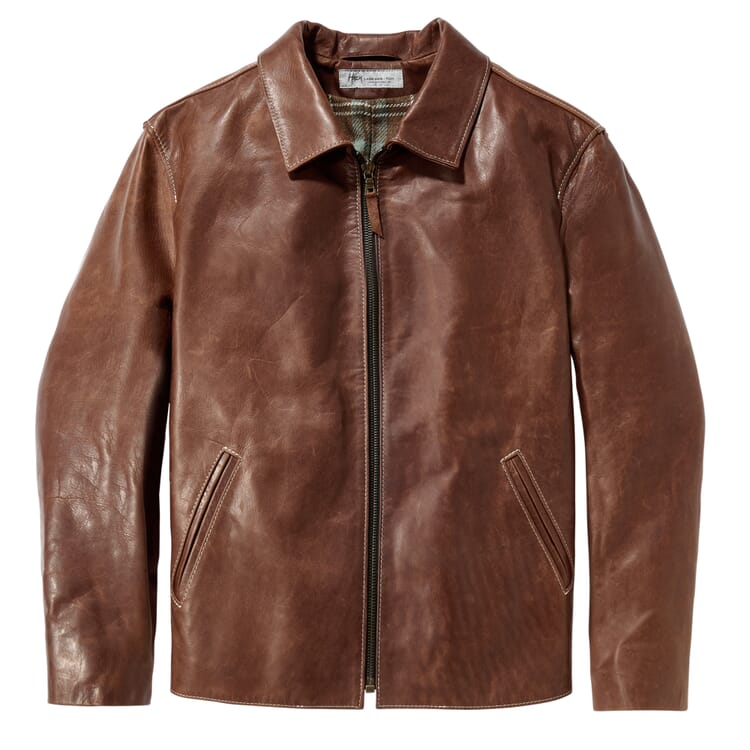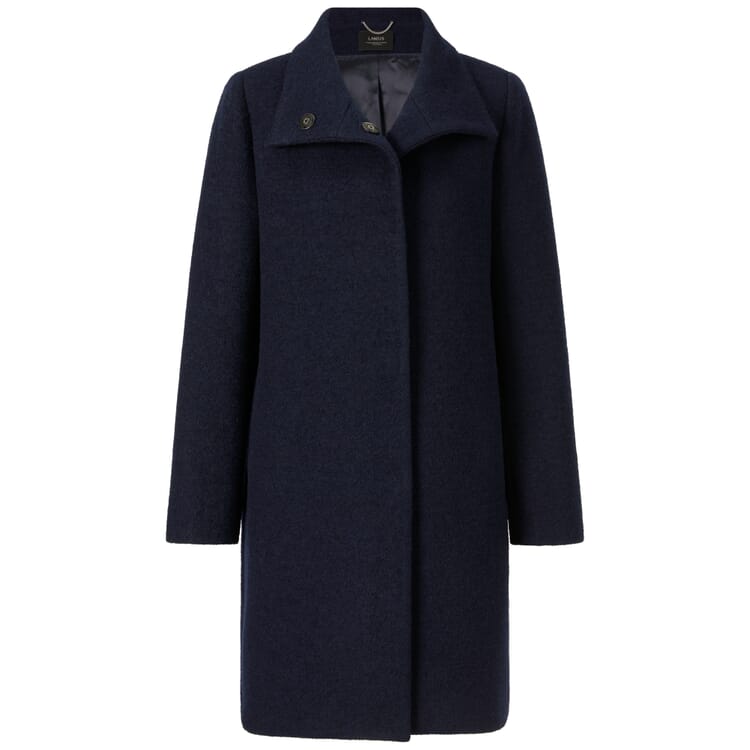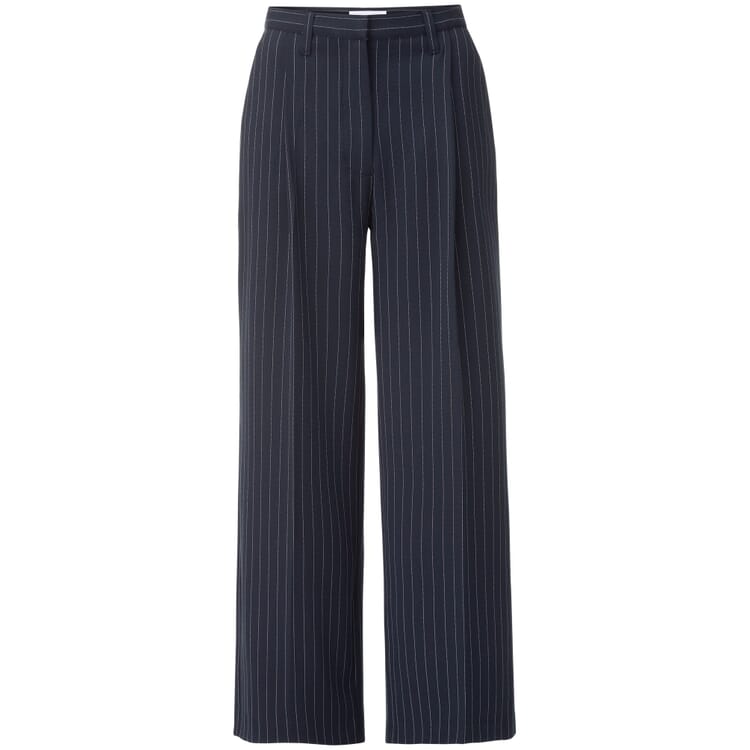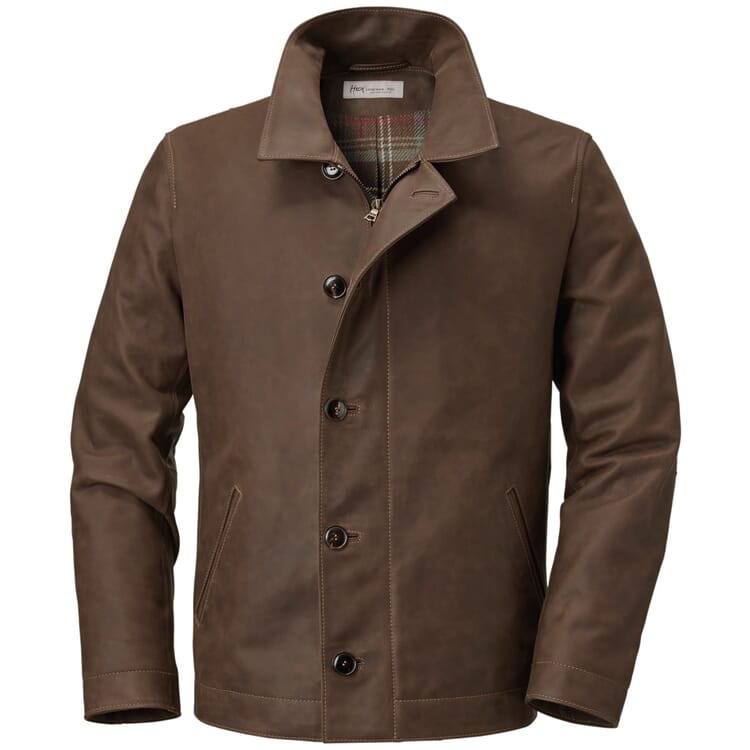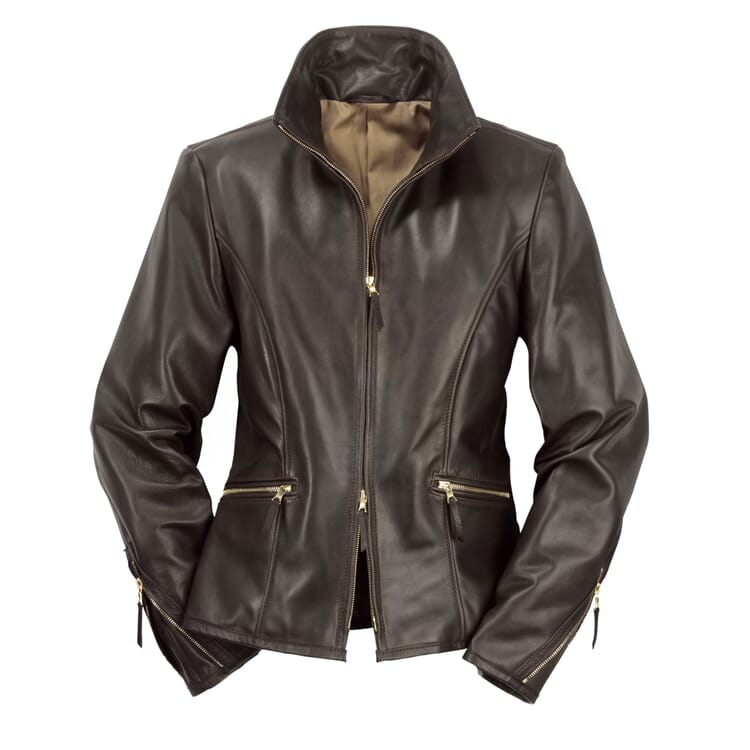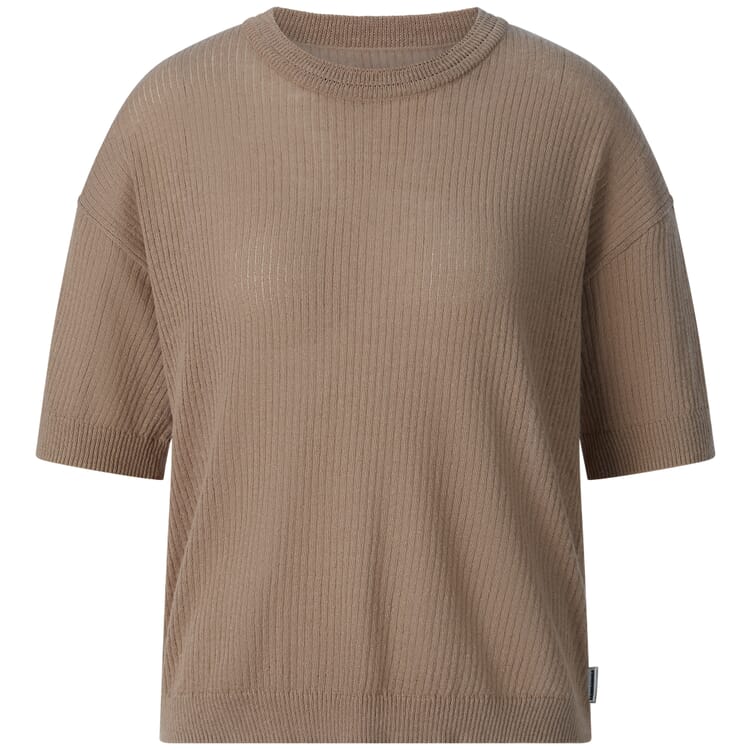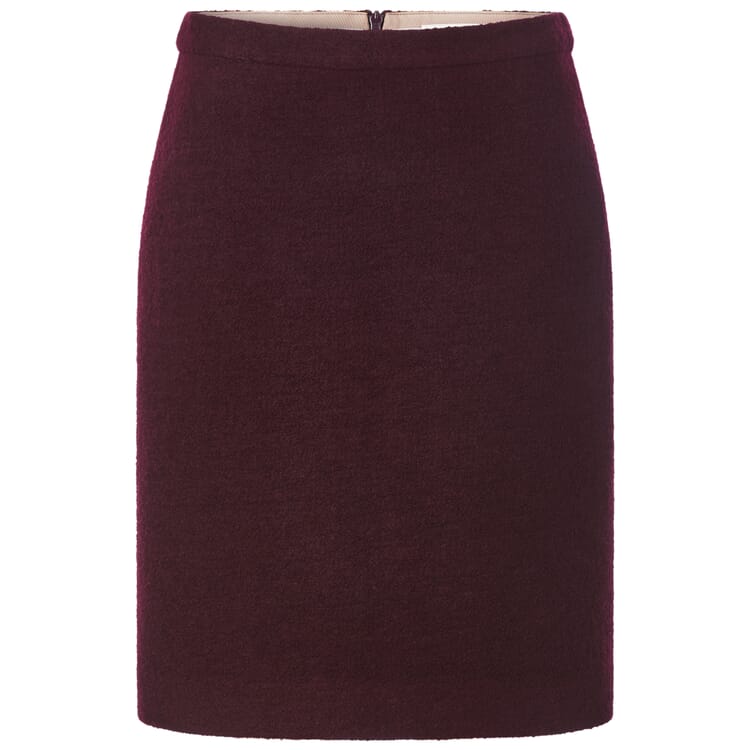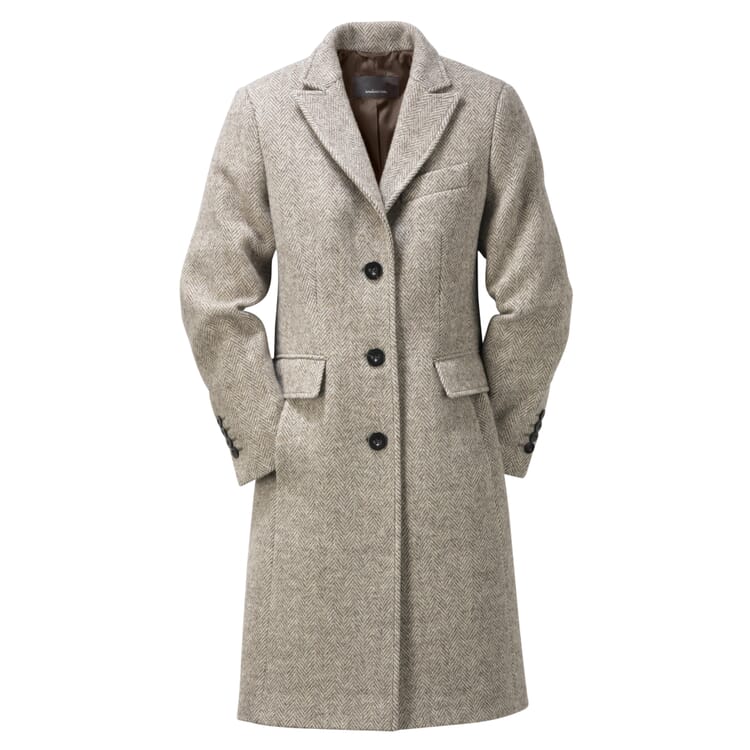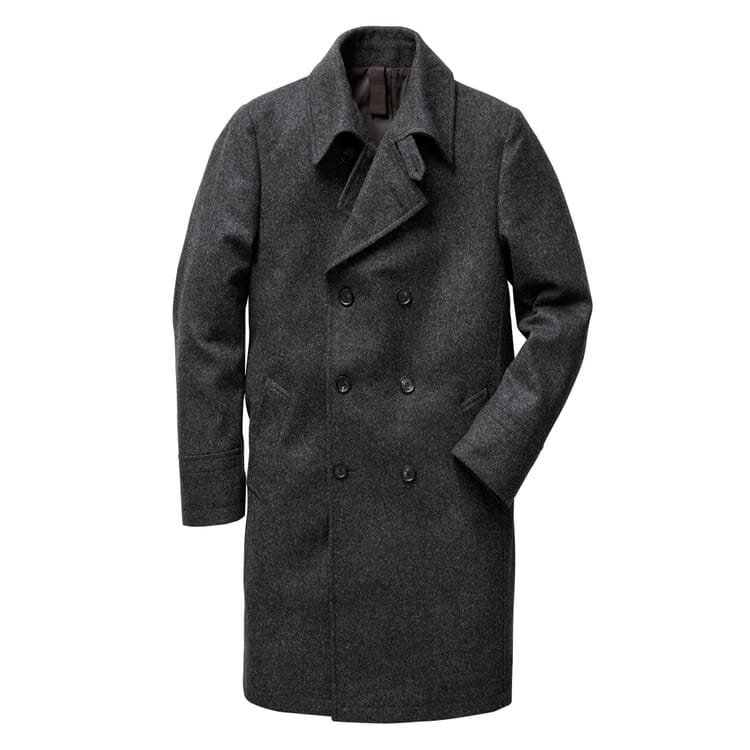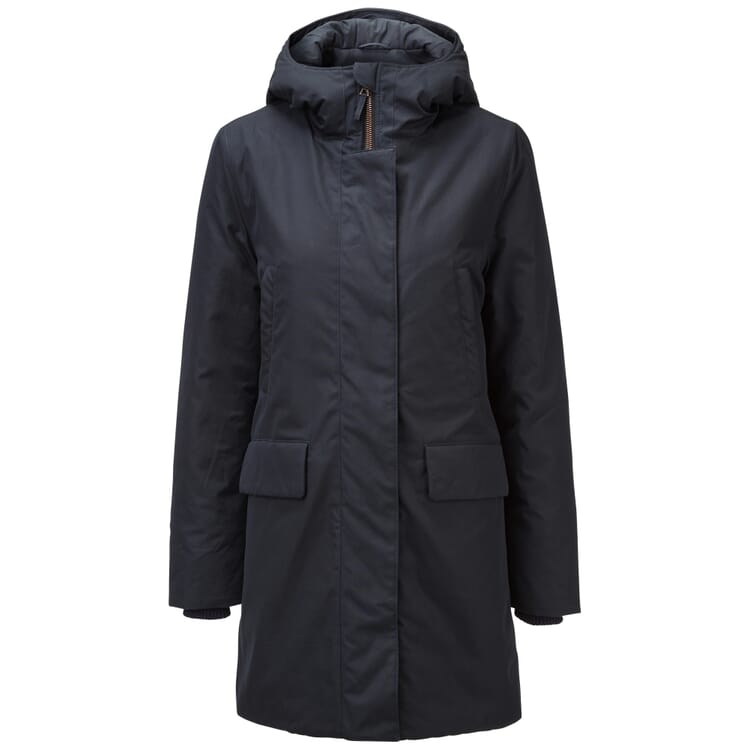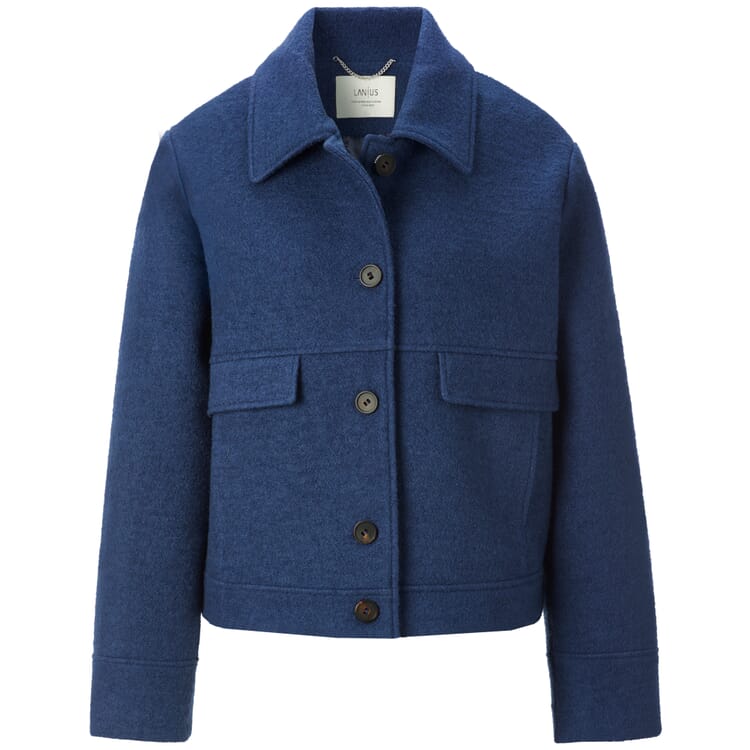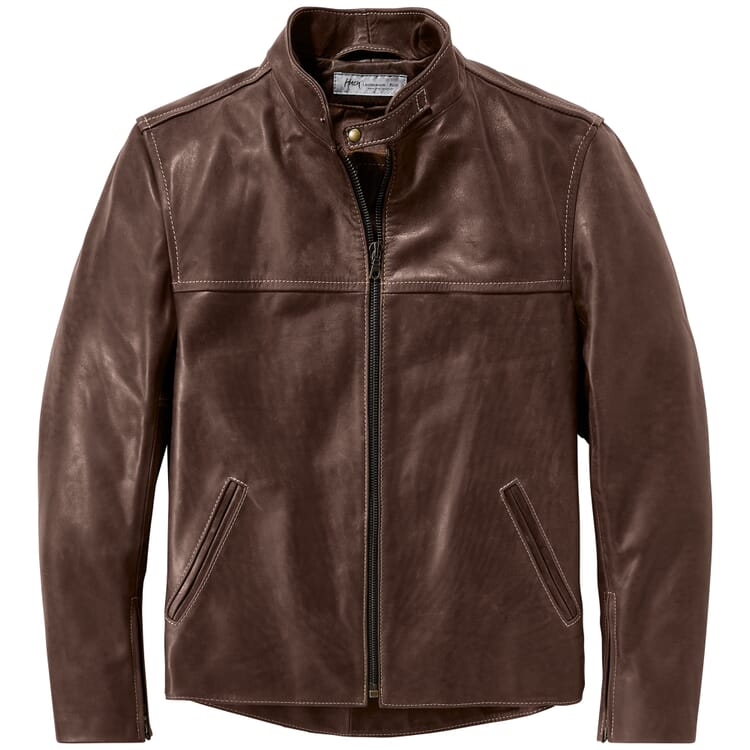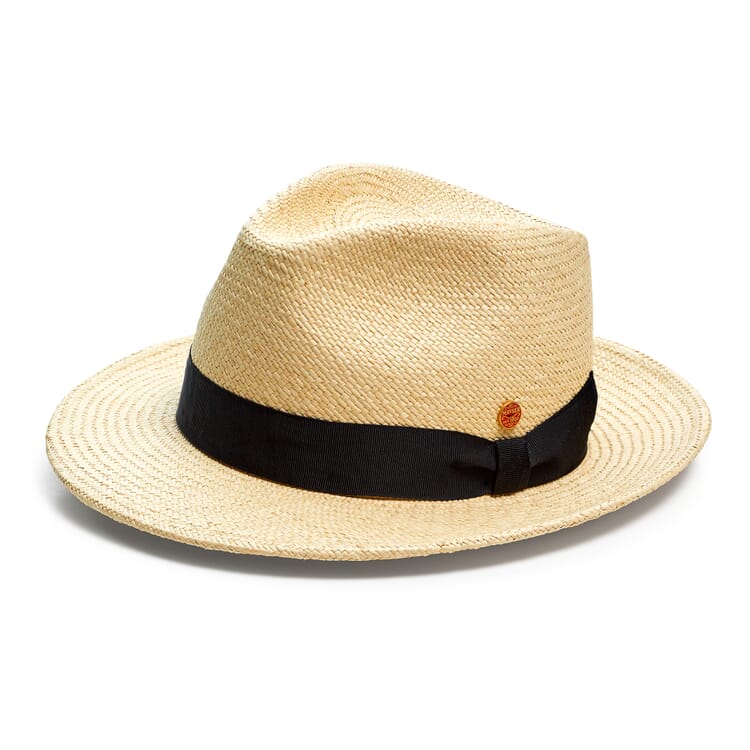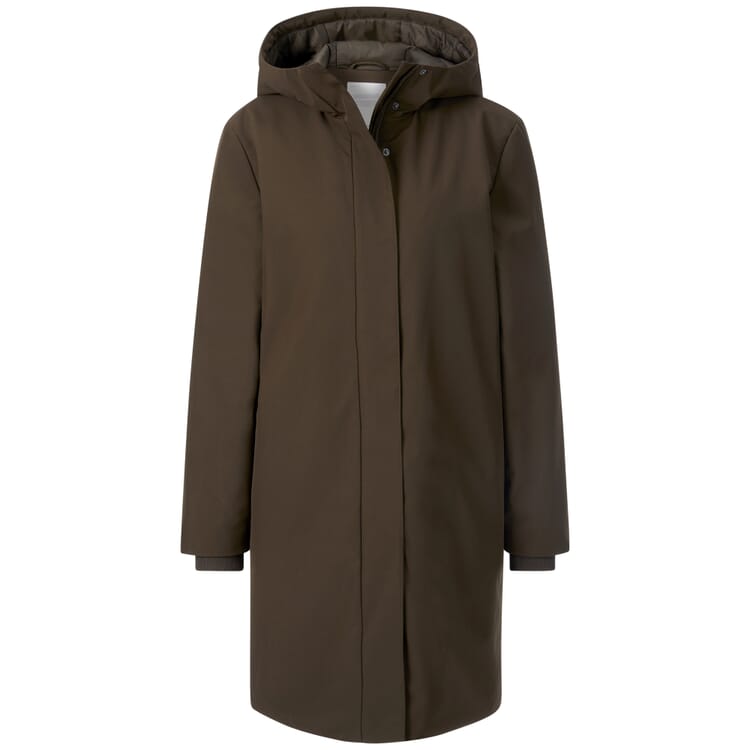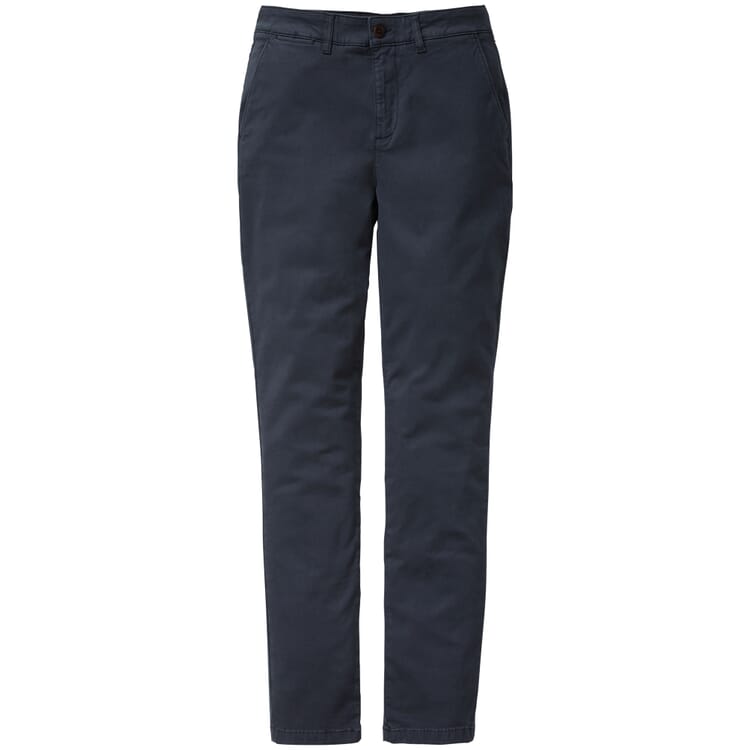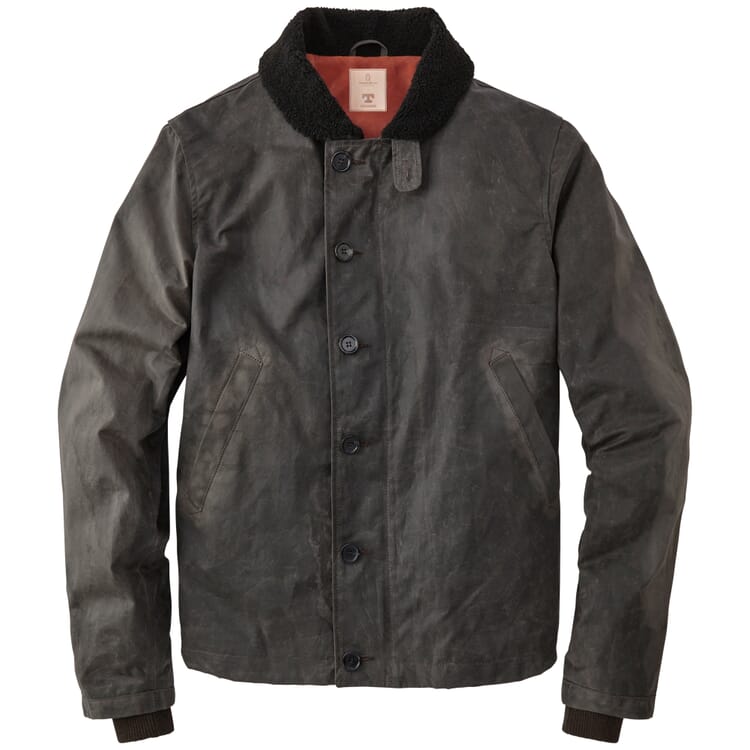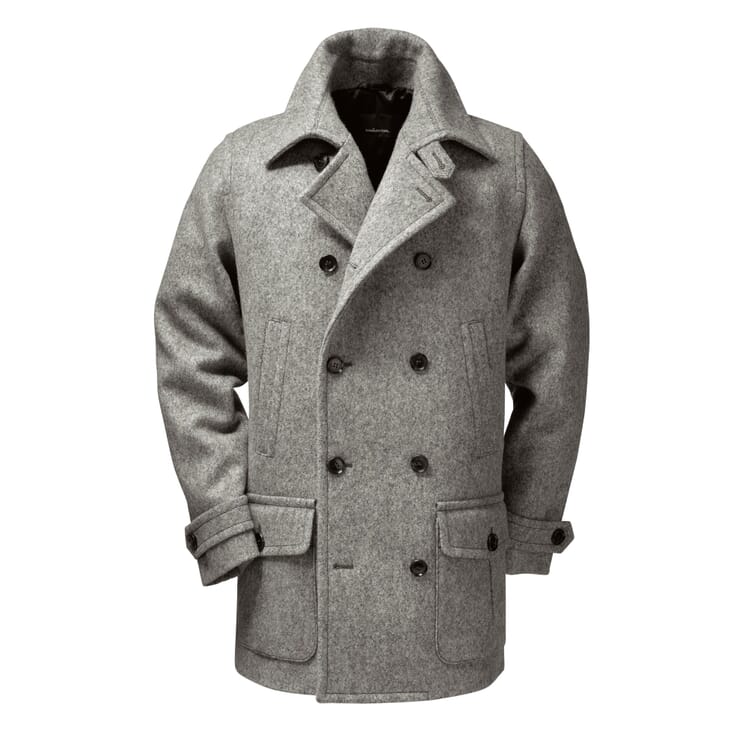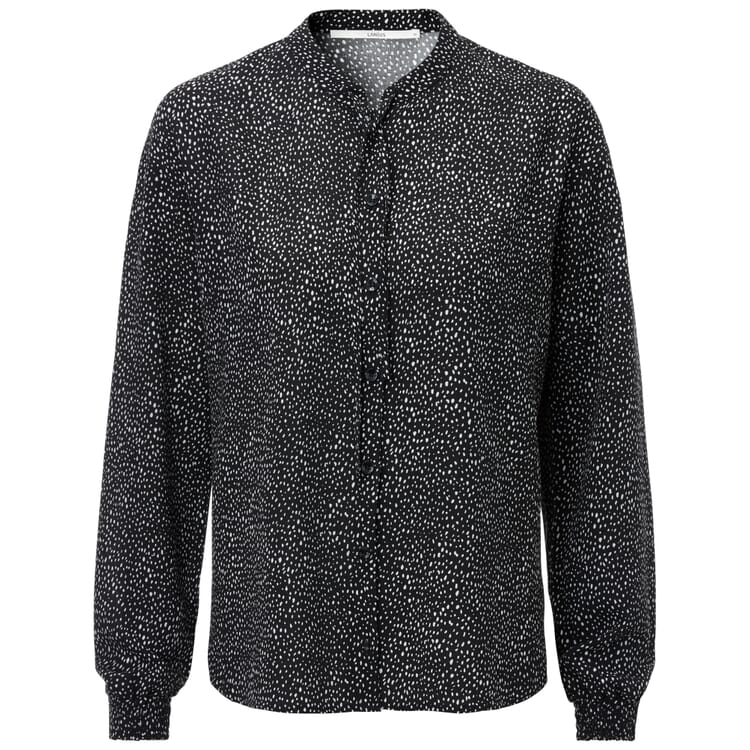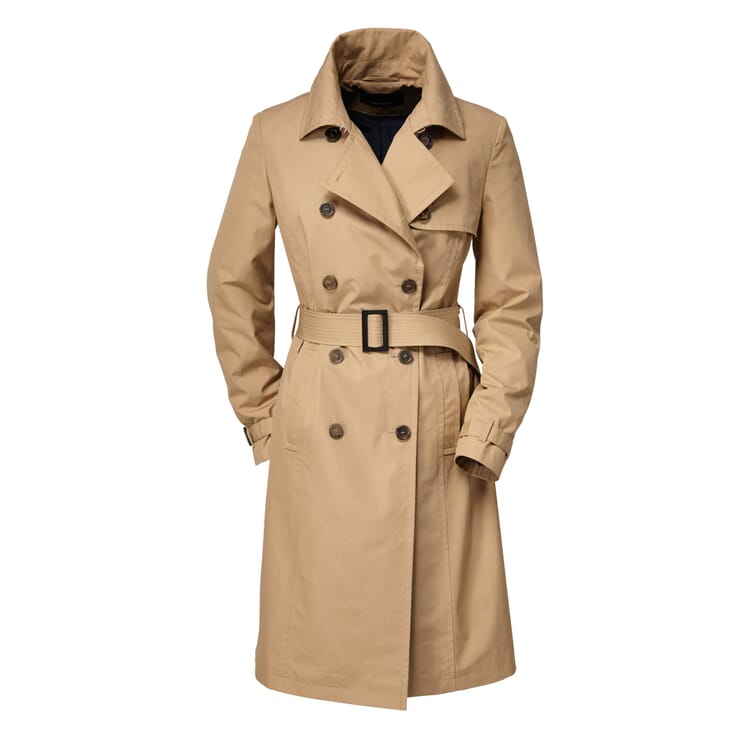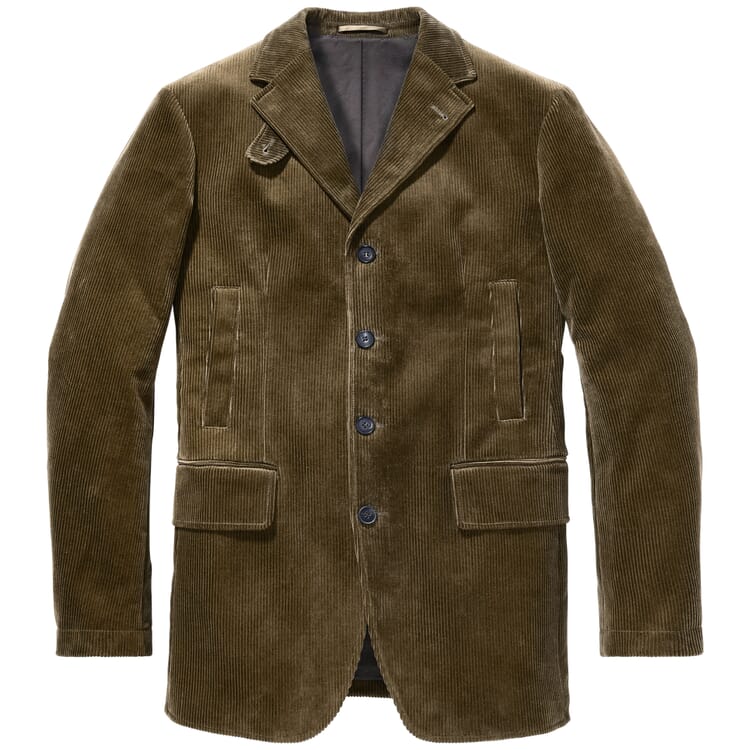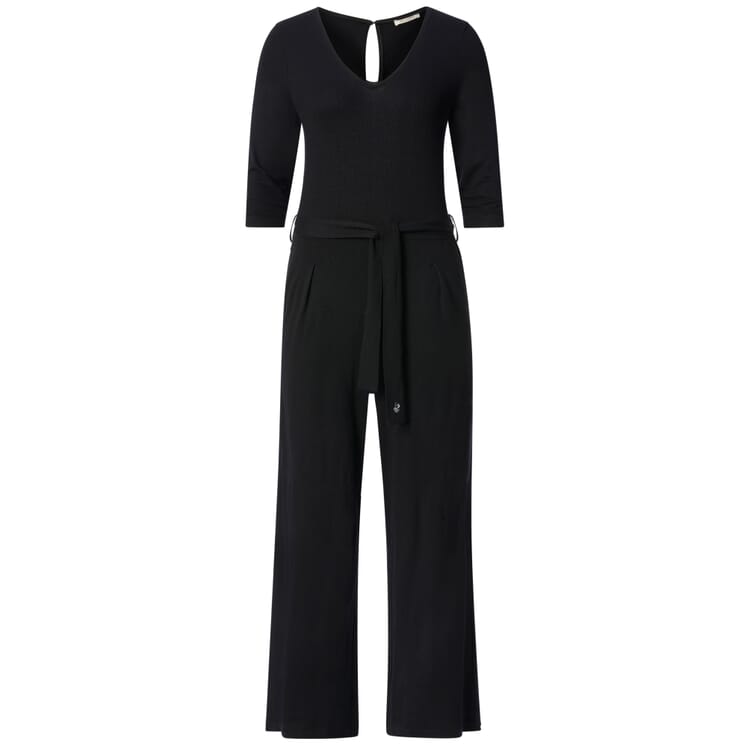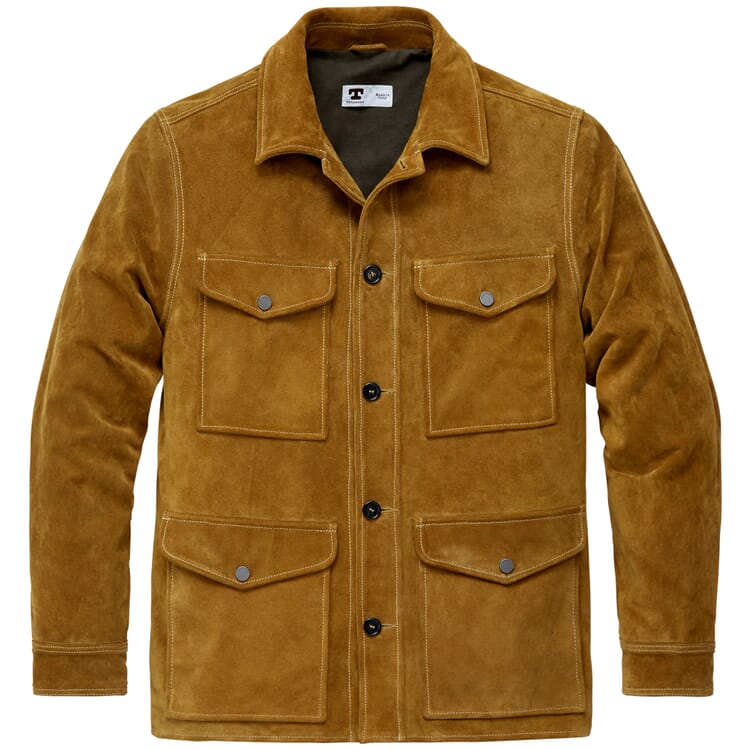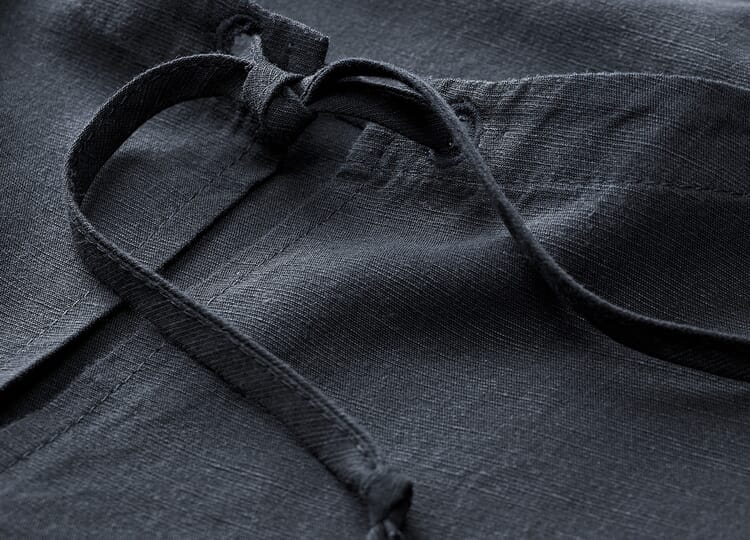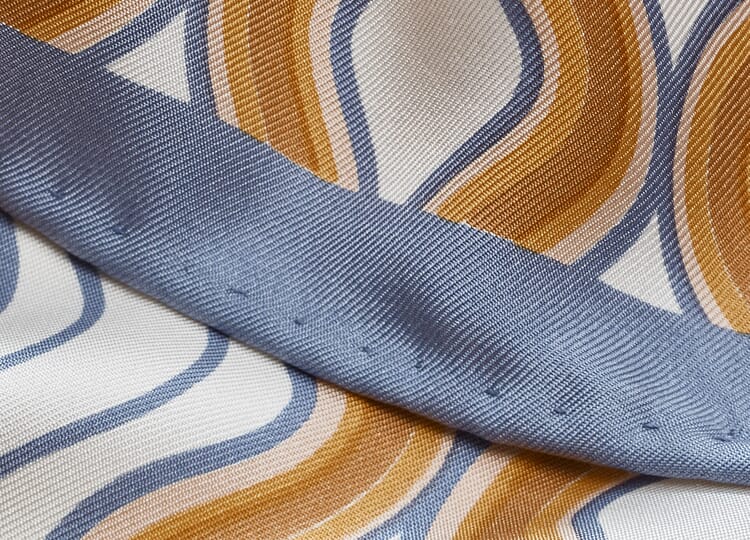Material
Viscose. Soft and flowing like silk
Viscose is a regenerated fiber of natural origin, as it is produced from the cellulose of various woods. Unlike synthetic fibers, viscose is not derived from petroleum, which is why it is completely biodegradable. Nevertheless, chemicals are used in its production to obtain the viscous (viscous) spinning solution from which viscose fibers can eventually be spun. A large proportion of global production comes from China, India and Indonesia. In Europe, there are producers who meet high environmental standards. A pioneer in this field is the Austrian company Lenzing, which produces LENZING™ ECOVERO™, an environmentally compatible viscose fiber.
The properties of viscose
Smooth, shiny and skin-friendly - viscose combines many advantages of the two natural fibers cotton and silk. How these advantages come into play in summer clothing, accessories and as a lining fabric, you will learn in the following: - Viscose is characterized by an exceptionally good wearing comfort. Thanks to its silky-soft texture, it caresses the skin. Viscose can absorb four times its own weight in moisture and also quickly release it to the outside. It is therefore moisture-regulating and breathable, which is why it is also well suited for sports and functional clothing. - Textiles made of viscose are also airy, light and have a flowing drape, which prevents moisture build-up. Its silky-smooth surface and antistatic effect make dressing and undressing much easier, which is why viscose is frequently used as a lining fabric, primarily in the sleeves of jackets, coats and blazers.
Wash viscose in the delicate wash cycle no higher than 40 °C to avoid shrinkage. A mild wool detergent is also gentle. Do not put viscose in the dryer, as it creases easily, and iron it best at low temperatures when damp.
Selected products with viscose
Recommended Topics
You can literally experience one of the great benefits of Tencel™ for yourself, namely when you wear clothes made of or with Tencel™. These fabrics are not only breathable and wick away natural body moisture well. They are also pleasantly smooth with a silky feel, have a flowing drape and are cool against the skin. Frequently, shirts, blouses, T-shirts and dresses are made from or with Tencel™ - you can see some examples on the right. However, the versatile fiber can also be made into firmer fabrics, some of which resemble jeans, and used for pants and the like.
View moreSilk is one of the noblest and finest fabrics. Hardly any other fabric has such a pleasant feel and lies so softly flowing and supple on the skin. And even if it does not appear so at first glance, silk is extremely durable. Which advantages the precious fiber has in detail and how you can care for your garments made of silk, we will explain to you below
View moreBy nature, cotton feels pleasantly soft on the skin, and it also has a low allergy potential. Due to these extremely skin-friendly properties, cotton has been one of the most popular natural fibers for the production of textiles for thousands of years. From home textiles such as towels, comforter covers and blankets to clothing, many of our products - especially those that come into direct contact with the skin - are made of pure cotton.
View more
